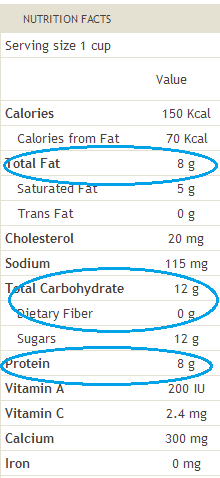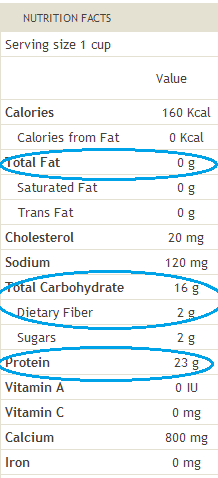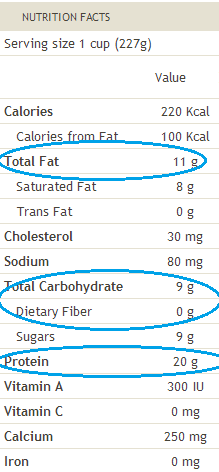We see this all the time, a magazine or that web article telling you to eat A or avoid B because A is healthy and B is not. And maybe six months later you will see another post telling you that A is now not healthy anymore, but all the while B was. Following? It’s confusing right?
This frustrates me to no avail, and continues to fuel a society into a black and white mindset around food. And it’s time to stop!
This same pattern is what lead to our fat phobia, another issue in itself as I’ve discussed previously.
At the end of the day, what I want is for everyone to stop identifying certain foods as healthy or not healthy. I want you to know the macronutrient content of the foods you are eating and where they come from.
Sounds complicated or like a lot of effort, but that’s why there are people like me, to help make it easier.
Let’s take one of my favorite examples, yogurt. Some people might say yogurt is good for you, some people may say it is not.
What I say is nothing, at first. I need more information, so I ask two questions: what specific yogurt are you talking about and what else are you eating with it?
These two very simple questions can have a huge impact on if, in fact, you are making a good choice or not.
First the type matters. Not all brands of all foods are created equally. Sometimes it’s not even close, so it’s important to read the labels and not assume anything.
Here are three yogurt labels, all very different.



Based on the macronutrient content of these three different yogurts, which do you think is the best one to choose?
Leave your answer below and tune in next time to find out the answer to this question which includes part two – what else are you eating with it?
